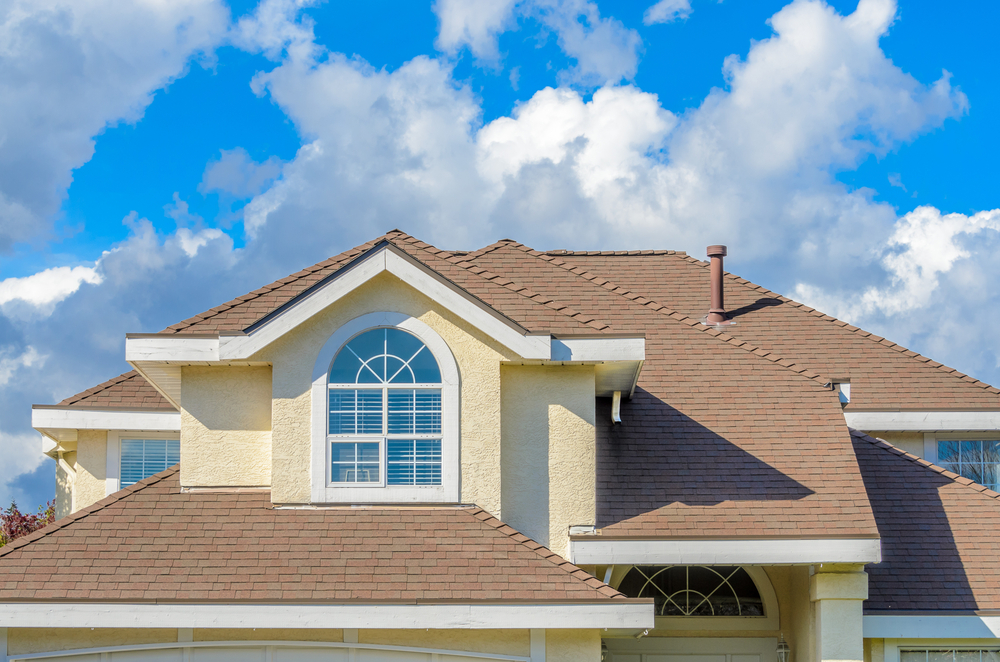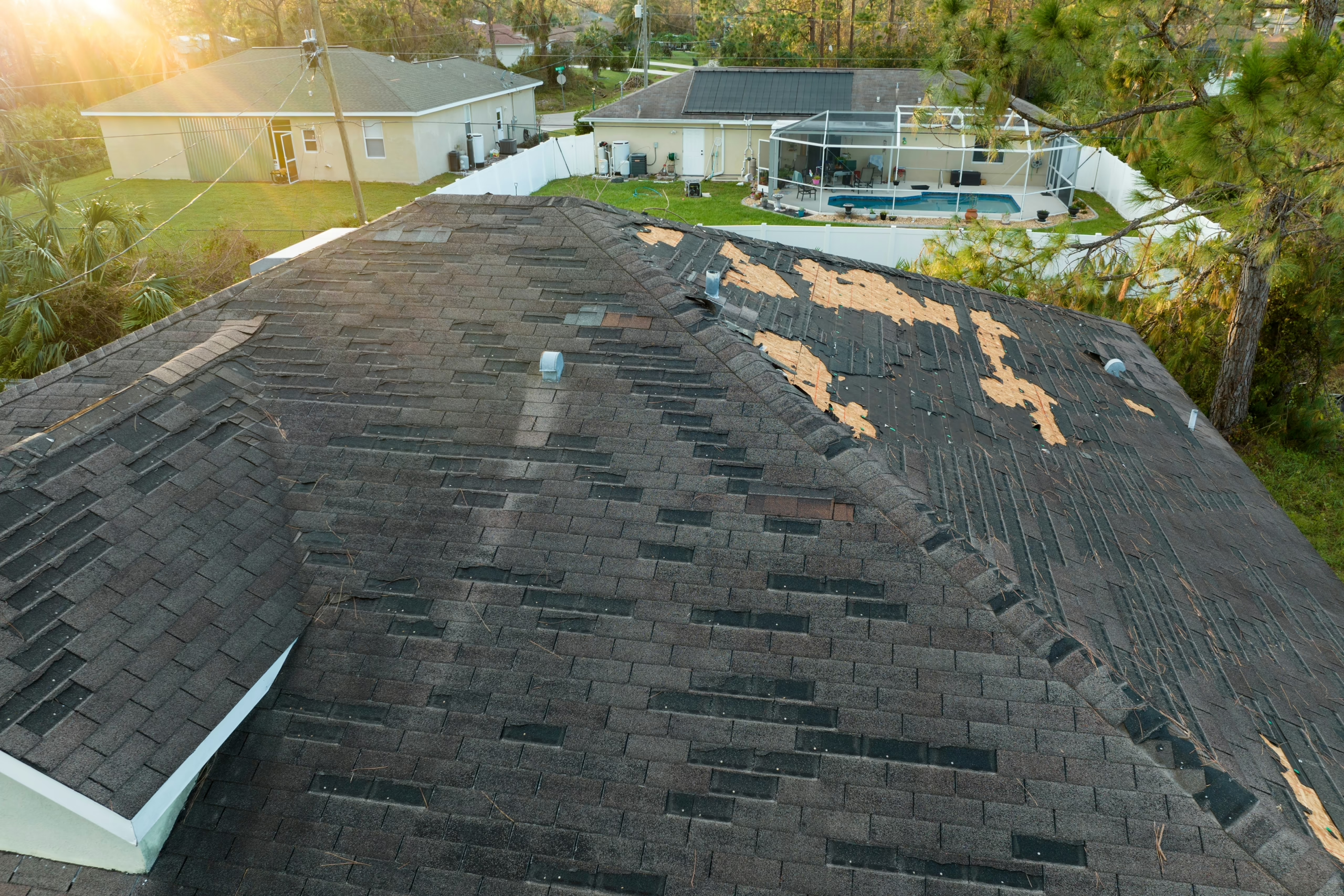Hailstorms can be very serious, and although your car may be the first item you are concerned about, generally, your roof is the big concern. While you can inspect the car soon after the storm, you cannot inspect your roof safely and effectively immediately after a storm passes. However, doing a thorough inspection of your roof for hail damage is likely one of the most important things to do as a homeowner. The longer you wait, the likelier small problems become more costly to repair later on. Let’s discuss what hail damage looks like, how to inspect it safely, and when it may be best to call a professional.
Understanding How Hail Affects Your Roof
Hail occurs when strong updrafts in thunderstorms carry water droplets to high altitudes in the atmosphere where freezing occurs. The ice continues to build until gravity takes the lead, and it falls all the way back to the earth—sometimes in a hail shower with pellets as small as a pea, and sometimes in a hail storm with pellets as large as a softball! The resultant damage varies according to the size of the hail, the density of each piece of hail, and the wind speed associated with the hail fall.
Many different roofing materials deal with hail differently. For example, asphalt shingles may exhibit small dents, cracks, or have reduced granules. Metal roofing may show (noticeable) dents, wood shingles may crack, and clay or concrete tiles may crack or break entirely! Knowing your roofing material helps you determine what type of damage you may have to look for!
Safety First: Prepping for an Inspection
Before you hit the roof, think safety. If you have to deal with a steep slope, work on a multi-story home, or just have issues with heights, hire an expert. Roofing contractors in Alpharetta, GA have the tools and experience to do the inspection quickly and safely.
If you get up there, make sure to use a ladder that reaches at least three feet above the roof. Wear shoes that have a good grip, not sandals or shoes with a smooth sole. You may also want to take gloves, a phone or camera to take some pictures, and sidewalk chalk to mark where you notice any damage. It’s best to inspect the roof in daylight and when the sun is preferably shining to help you see details. Never inspect a wet roof, you run the risk of slipping and potentially off.
Step-by-Step Roof Hail Damage Inspection
Start low and work your way up. Look for visible signs of hail damage on your gutters, downspouts, siding, and deck furniture. Dented metal parts are strong indications that your roof was probably hit as well. Once you are on the roof look for:
- Dings or dents in shingles
- Missing granules exposing black substrate
- Cracks or splits
- Bruised areas that feel soft
- Damaged vents, flashing, skylights
Be methodical- check just one part at a time. You should document everything with good photos, especially if you will be filing a claim with your insurance company.
Don’t Wait—Protect Your Roof Today
If you notice damage or are not quite sure about what you see, you should contact a local professional. A trained roofer will know if the damage is in need of repair or replacement and then can help you with the insurance process. If you are contacting professional roofing services near Johns Creek, you are essentially getting a professional’s opinion to take the guesswork out of a possibly costly concern. Hail damage is not always evident immediately, but early detection can help keep your home safe. If you are in doubt, or want peace of mind, schedule this professional inspection sooner rather than later.
Do you think you may have had roof damage from hail or other elements? Contact Award Roofing today for a full inspection and professional advice before small problems turn into bigger repairs.

